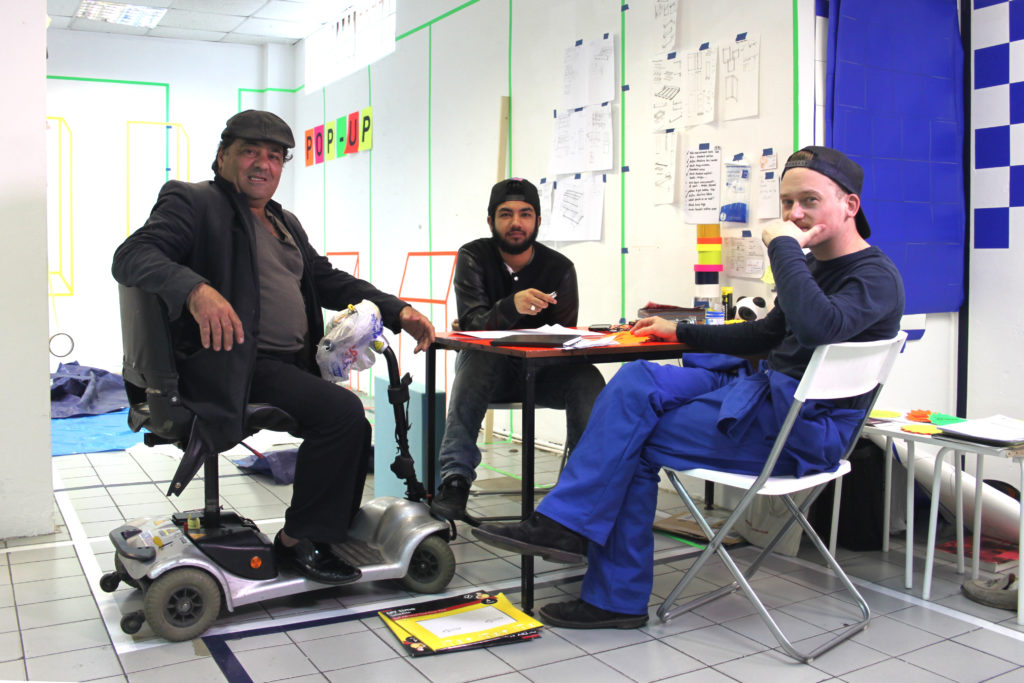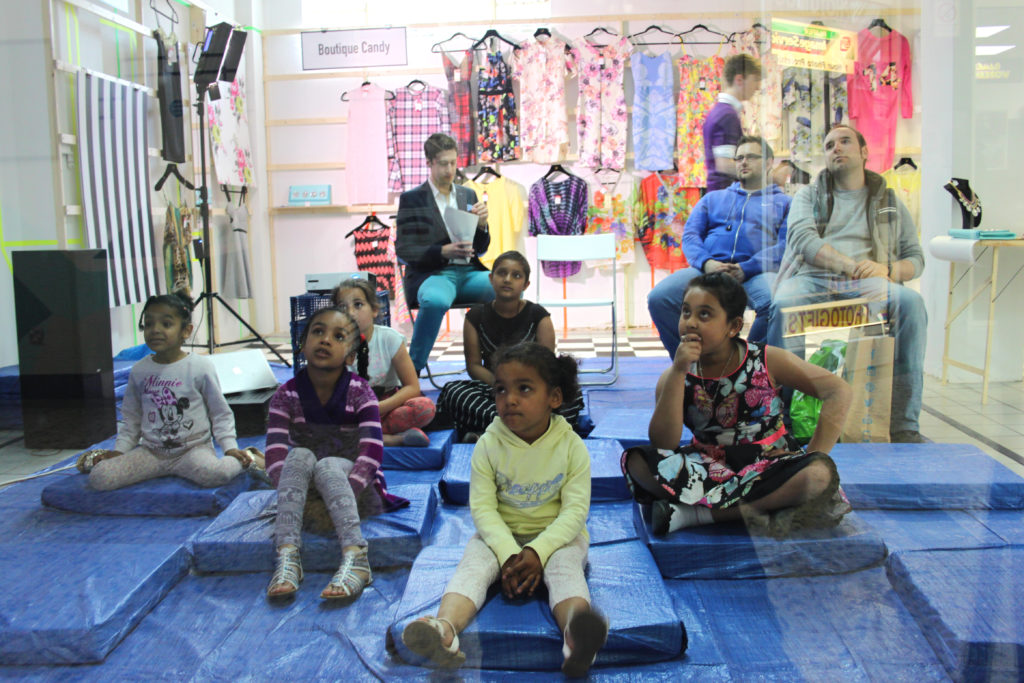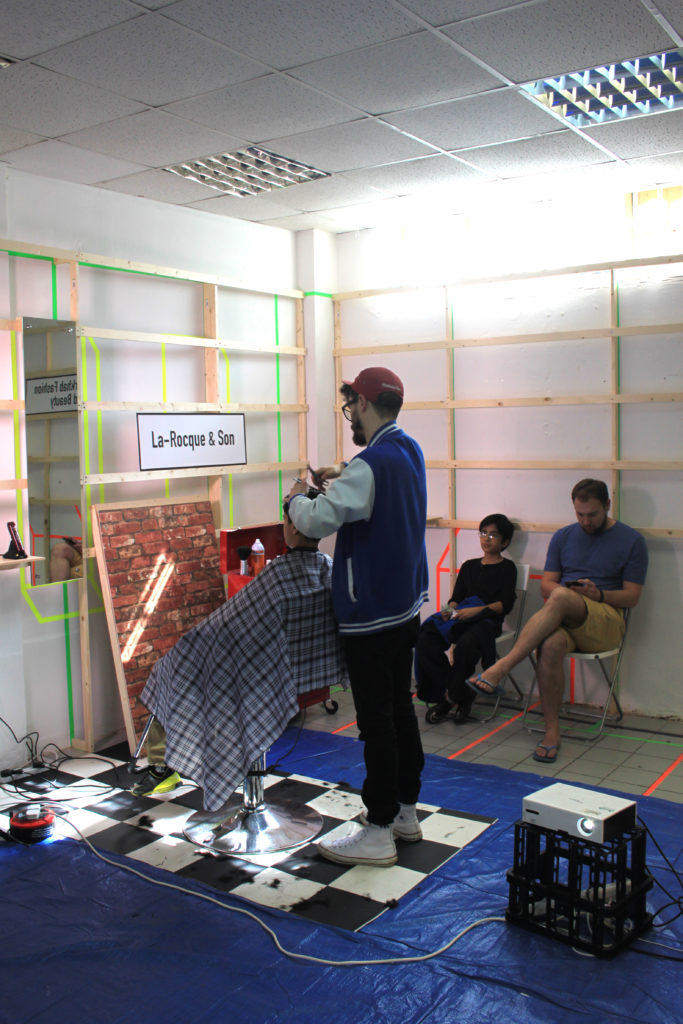Future of the High Street
‘Re-imagine’ potential uses of vacant spaces on the high street
http://kevinsmeeing.nl/foths#7
As a result of global economic downturn, out of town and online shopping, and rising rents in London, the face of the high street is changing. Across England the rate of shop vacancies stood at 13.3 per cent at the end of 2014 [1]. These vacancies create a downward spiral for the local retail sectors as shop closures reduce footfall. Both sides of the political spectrum recognise this change as important due to its social and economical value, however, too often financial gain is placed above social value.
Where the GLA (Greater London Authority) is promoting culture as important to the high street, as it ‘could increase house prices by up to 30 per cent’ [2], communities are losing control of their own high street. There is an opportunity to challenge this situation by re-imagining the potential uses of these vacant spaces on the local high street. What can replace the social glue that high streets have provided for communities in the past?
Future of the High Street is not another pop-up shop. Based on pure social curiosity, the project looks at a more inclusive alternative to the redevelopment of the high street. During six weeks residency as part of a regeneration programme in Romford, a space has been created that could have multiple uses and house several local businesses on an hourly basis. The project challenges the notions of time and value, while testing systems of sharing in today’s economy. By participating in the project, the local community has been invited to experience the alternatives uses.
[1] http://www.theguardian.com/uk-news/2015/feb/04/empty-shop-levels-north-south-england-report
[2] https://www.london.gov.uk/priorities/arts-culture/promoting-arts-culture/culture-on-the-high-street






Your project addresses a very important issue, currently experienced by many gentrified cities: the excess of vacant spaces and the lack of possibilities of local entrepreneurs to have access to these. I agree with you when you point at the need of testing systems of sharing (beyond the so-called ‘sharing economy’); could you recount a specific experience in the project when this happened?
Following the previous question, and playing the advocate of the devil, how is this not another pop-up shop? It is definitely privileging precarious occupation. However, I am definitely fond of the fact that you use a space you get for a residency and give it over to the local entrepreneurs for their temporary use (is this an accurate description?).
My last question is regarding the way you see your role as designer taking part in such projects. Creatives are (many times unwillingly, some times unknowingly) at the front of many gentrification processes. How do you avoid your presence and participation being part of this? Do you feel you have any agency to revert or counteract such processes through projects like this one?